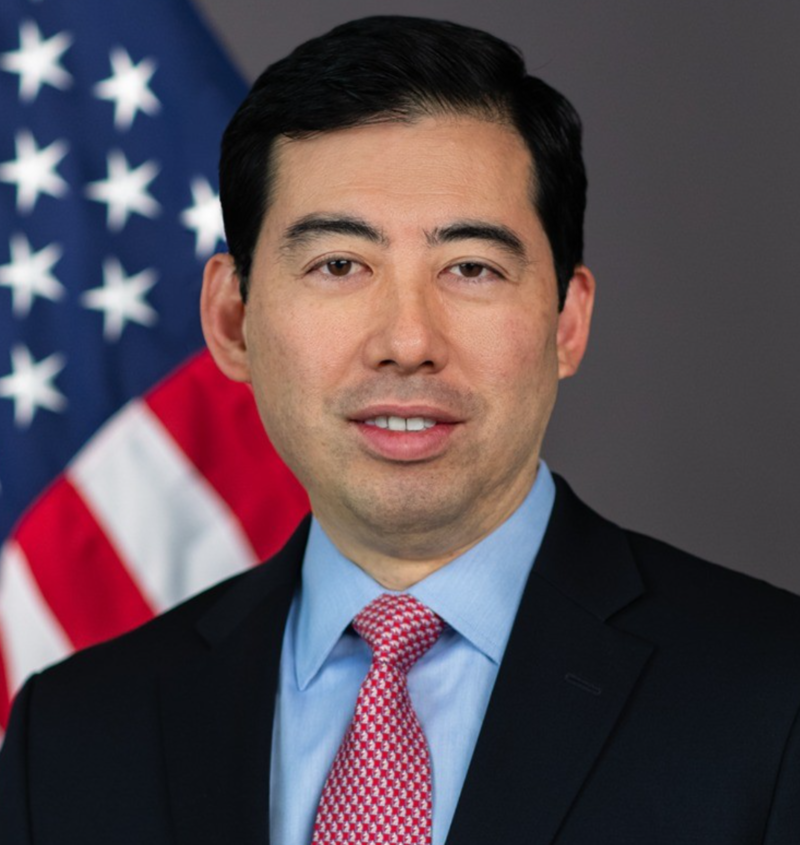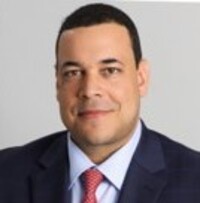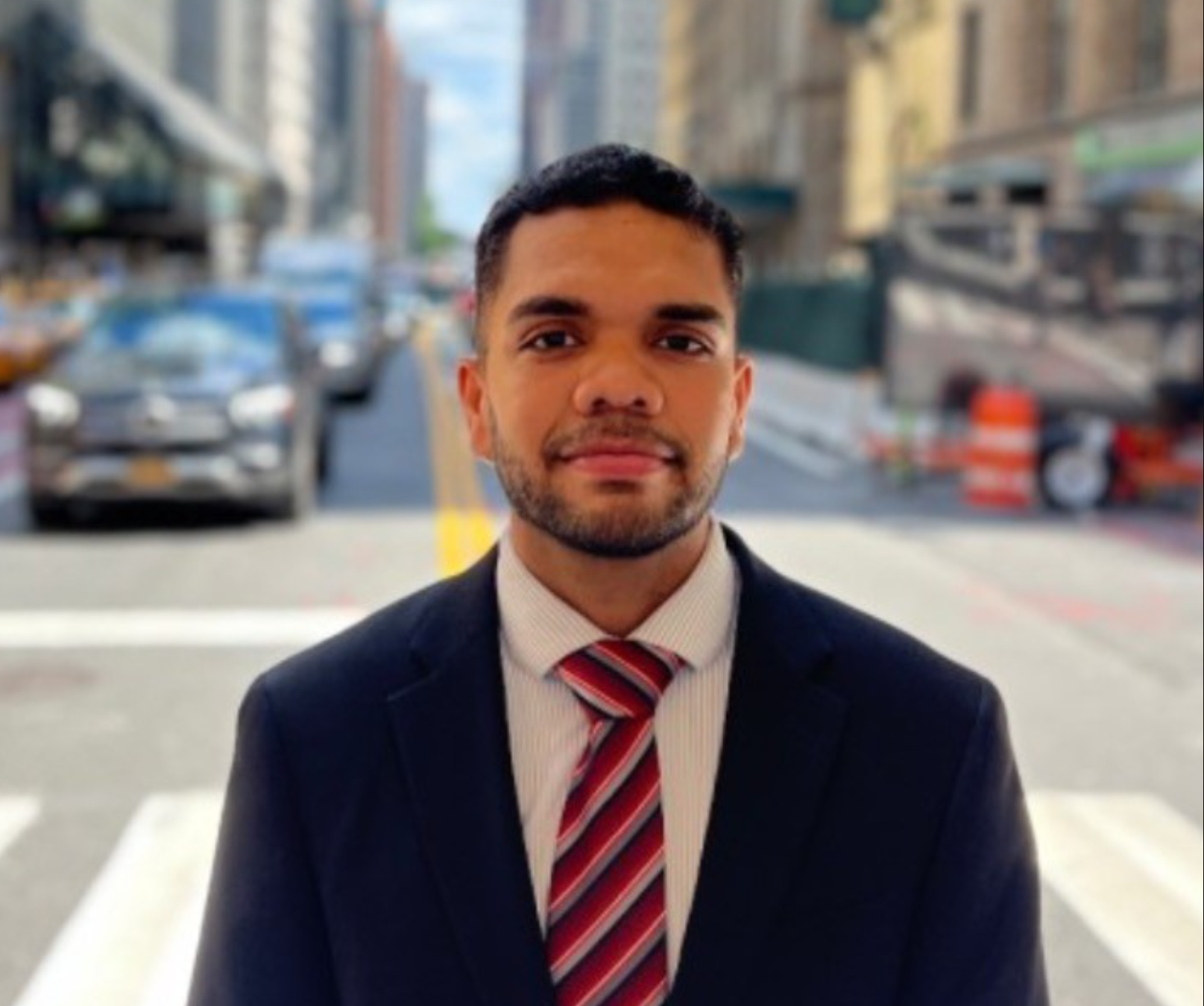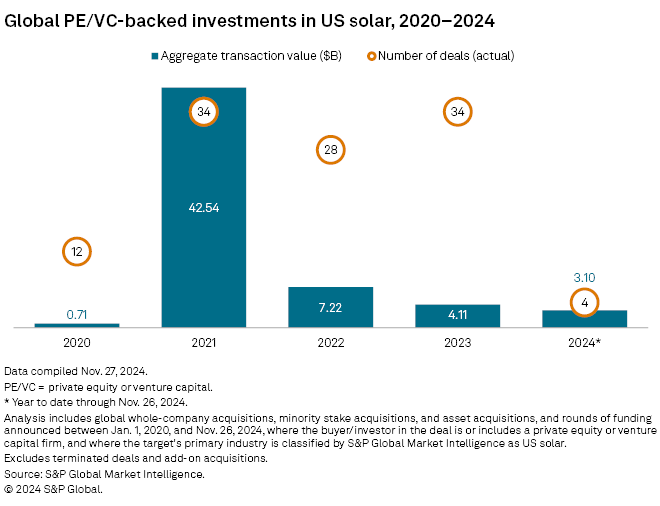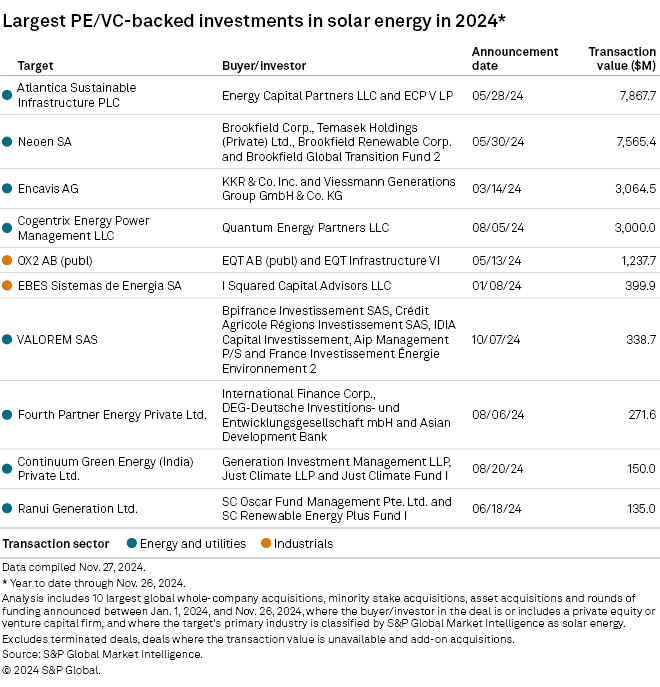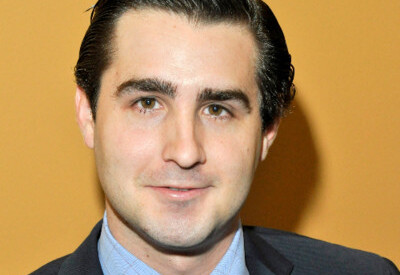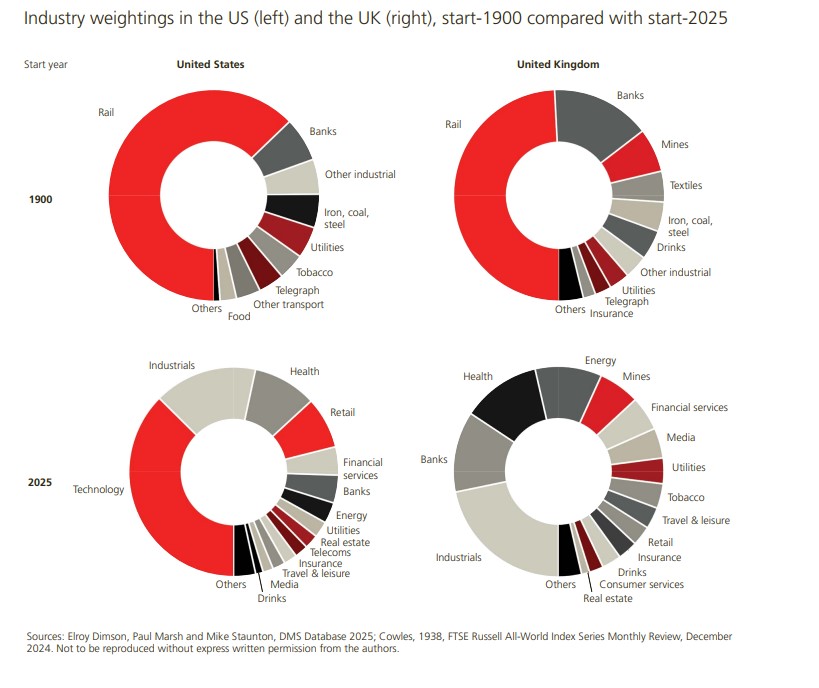Mexican financial analysts lost their bet. Virtually all of them believed that tariffs would not be imposed. They expected a last-minute announcement from the White House that never came. The most “pessimistic” among them thought that, at worst, there would be selective tariffs lasting only a few weeks. The reality is that today, we have entered uncharted territory.
As of 11:01 PM (Central Mexico Time) and midnight in Washington, D.C., on March 4, 25% tariffs on Mexican and Canadian exports to the United States took effect.
The measure became imminent hours earlier when the White House announced that President Donald Trump would invoke the International Emergency Economic Powers Act (IEEPA) starting at 12:01 AM Tuesday to address what it called an extraordinary threat to U.S. national security, thereby imposing tariffs on its neighbors and trade partners.
Earlier that same Monday afternoon, Trump told reporters that there was “no room” to avoid tariffs on Mexico and Canada, which he had initially imposed on February 3 before pausing them for a month following phone calls with Mexican President Claudia Sheinbaum and Canadian Prime Minister Justin Trudeau.
Mexican markets have absorbed past periods of volatility linked to the possibility of tariffs, largely ignoring worst-case scenarios that warned of a recession if tariffs lasted beyond a quarter.
That skepticism persisted until the last moment, though expectations are now beginning to shift in line with Mexico’s currency performance. The peso has depreciated in a relatively orderly manner. On Monday, it started at 20.40 per dollar in the interbank market and ended the session at 20.65, a 1.22% drop. However, by midnight in Mexico City, as the tariffs took effect, the peso had fallen further to 20.76 per dollar, marking a 1.76% decline since the start of Monday’s trading.
“The economic impact of the tariffs will depend on their duration. If the 25% general tariffs on Mexican exports to the U.S. remain in place, Mexico’s GDP could contract by 4% in 2025, which would align with a severe recession,” said Gabriela Siller Pagaza, director of analysis at Banco Base.
Yet, Siller had previously dismissed the likelihood of broad tariffs on Mexico: “I don’t think the general tariffs will take effect. At the last minute, Trump will announce a delay. In the highly unlikely event that they do take effect, they won’t last long.”
This sentiment was nearly universal in the Mexican financial sector. A few weeks ago, at a Franklin Templeton conference, Luis Gonzali, co-chief investment officer, suggested that in an extreme scenario, the U.S. might impose selective tariffs on Mexico. However, he warned that if broad tariffs were enacted and lasted several months, the entire macroeconomic outlook for Mexico would need to be revised.
It wasn’t just financial experts who dismissed the possibility of tariffs. Jorge Gordillo Arias, from CI Banco, argued that the economic damage to both nations would be too great for the tariffs to be enforced.
Even a seasoned expert in Mexico-U.S. trade negotiations misjudged the situation. Ildefonso Guajardo, former Mexican Secretary of Economy under President Enrique Peña Nieto and lead negotiator for the USMCA, confidently stated in a television interview over the weekend that there would be no general tariffs on Mexico this Tuesday. Instead, he predicted “specific tariffs” on steel, aluminum, and vehicles outside of existing trade agreements. He, too, was wrong.
Similarly, in a weekend report for investors, BBVA México acknowledged that tariffs could negatively impact Mexico’s economy but deemed the probability of long-term enforcement low.
The reality is that broad 25% tariffs on Mexican and Canadian exports are now in effect. The expectations of Mexican financial analysts did not match reality. Now, the hope is that tariffs won’t last long, but confidence in that assumption is shaken. The biggest concern is that as weeks pass, they may have to revise Mexico’s growth outlook downward, which was already weak at an average of 0.8% for 2025, lower than the 1.3% recorded last year. In the worst-case scenario, Mexico could enter a recession in 2025.
The Peso Falls on the First Day of Tariffs
The Mexican peso immediately reflected heightened trade tensions between Mexico and the U.S.. The currency also reacted negatively to the announcement that President Sheinbaum would wait until Sunday to outline her administration’s response at a public rally in Mexico City’s Zócalo, the country’s main public square.
“The imposition of tariffs has put significant pressure on the Mexican peso, pushing it above 20.9 per dollar, a substantial depreciation in early 2025. This increase of up to 1.5% at the highest point of the trading session reflects the uncertainty surrounding Mexico’s economic and trade outlook—especially considering that more than 80% of Mexico’s exports go to the U.S. A deterioration in the trade relationship between the two countries could have profound consequences for Mexico’s economic development and financial stability,” said Quasar Elizundia, market research strategist at Pepperstone.
Mexico’s Response to Come Sunday
Canada responded immediately, imposing tariffs on U.S. goods worth $107 billion. Meanwhile, President Claudia Sheinbaum has scheduled a public rally on Sunday, March 9, to announce Mexico’s official response. However, she has already hinted that her government will take both tariff and non-tariff measures.
Analysts expect that volatility and uncertainty will persist in the coming days.
There are also rumors of a possible phone call between Sheinbaum and Trump on Thursday to discuss the issue directly, though nothing has been confirmed.
“With the measures imposed on Mexico and Canada, in practice, there is no free trade agreement between the three countries. This creates uncertainty about the future of Mexico’s trade relationship with its northern neighbors if tariffs remain in place for an extended period,” stated Banco Base in a report to investors on Tuesday.
